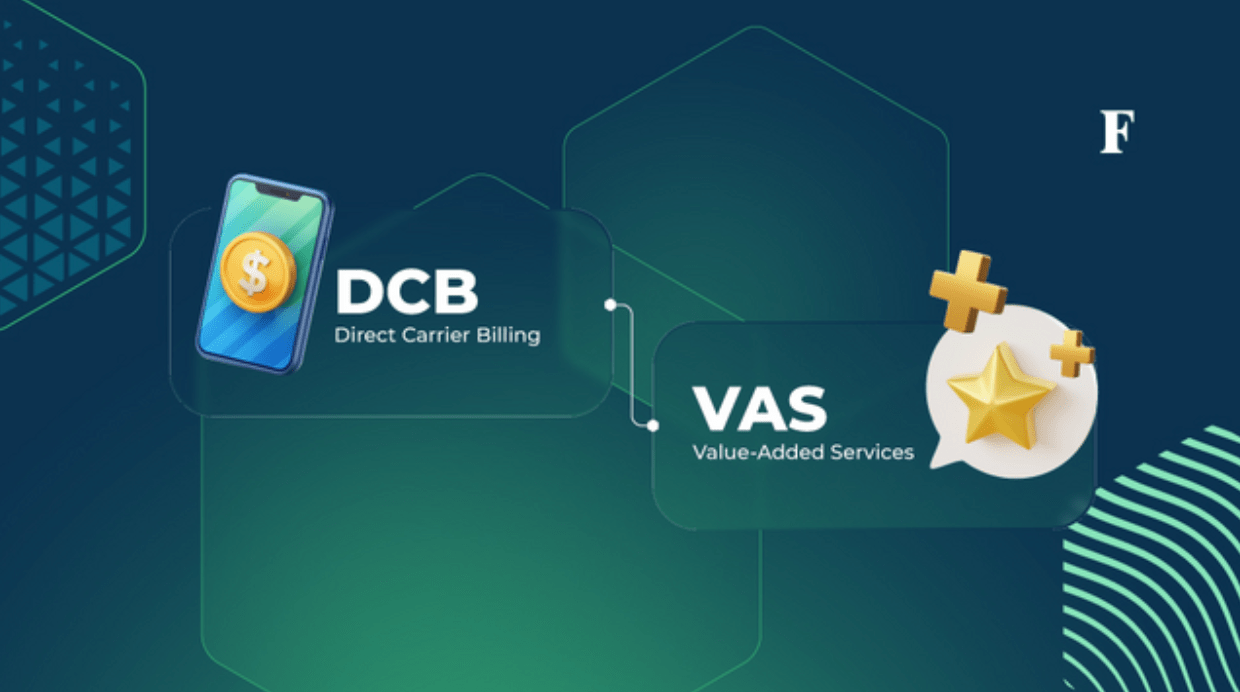
In the rapidly changing world of digital commerce, businesses are increasingly turning to innovative solutions to expand their reach and enhance customer engagement. Two key trends driving this evolution are Direct Carrier Billing (DCB) and Value-Added Services (VAS). Together, these technologies are transforming how businesses interact with consumers and capitalize on emerging opportunities.
Direct Carrier Billing: A Gateway to Seamless Transactions
Direct Carrier Billing (DCB) is revolutionizing the way transactions are processed by allowing customers to charge their purchases directly to their mobile phone bills. This streamlined payment method is particularly beneficial in regions where traditional banking infrastructure is limited. By bypassing the need for credit cards or bank accounts, DCB provides a convenient and accessible payment option for a broader audience.
Key Benefits of DCB:
- Expanded Market Reach: DCB opens doors to underserved markets where mobile phones are prevalent, but banking services are scarce. This expanded reach enables merchants to connect with consumers who might otherwise be excluded from digital transactions.
- Enhanced Customer Experience: The simplicity of charging purchases to a phone bill enhances the user experience, leading to higher conversion rates and increased sales. By reducing payment friction, businesses can foster stronger customer relationships.
- New Revenue Streams: Integrating DCB into your payment strategy can unlock significant revenue potential. The ease of use and accessibility drive higher engagement and transaction volumes, supporting business growth in new markets.
Value-Added Services: Enhancing Digital Engagement
Value-Added Services (VAS) are critical in shaping the digital landscape, particularly in regions like MENA, where consumer preferences are rapidly evolving. VAS providers are focusing on delivering enhanced digital content, leveraging technology, and prioritizing local relevance to meet the growing demands of today’s users.
Key Trends in VAS:
- Surge in Digital Content: There is a growing appetite for high-quality streaming and interactive media services. VAS providers are responding by curating content that aligns with regional preferences, thereby boosting user engagement and creating new revenue opportunities.
- Technological Advancements: Innovations such as artificial intelligence and machine learning are driving personalized service offerings and better customer insights. These advancements help providers stay competitive by enhancing the user experience and operational efficiency.
- Localized Solutions: Given the diverse cultural landscape, VAS providers are emphasizing localized solutions. Tailoring services to meet the specific needs of different markets ensures that offerings are relevant and resonate with local audiences.
- Focus on Security: With increasing reliance on digital services, robust security measures are essential. VAS providers are investing in advanced security protocols to protect user data and build trust.
Bridging the Gap: The Intersection of DCB and VAS
Direct Carrier Billing and Value-Added Services are not standalone innovations but complementary components of a comprehensive digital strategy. By integrating DCB, businesses can simplify payment processes and reach new markets, while VAS enhances the overall user experience through personalized and localized offerings. Together, these solutions provide a powerful framework for driving growth and engaging with today’s digital consumers.
In conclusion, as businesses navigate the evolving digital landscape, leveraging both Direct Carrier Billing and Value-Added Services can offer significant advantages. Embracing these innovations helps businesses expand their market reach, enhance customer satisfaction, and stay competitive in an increasingly digital world.



